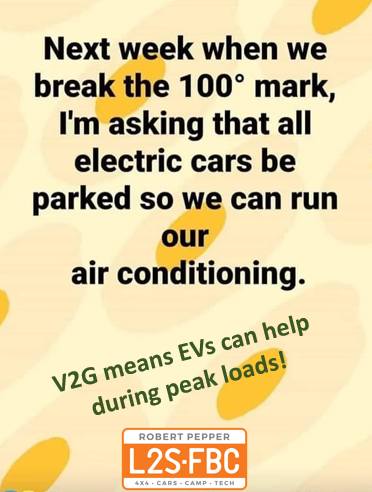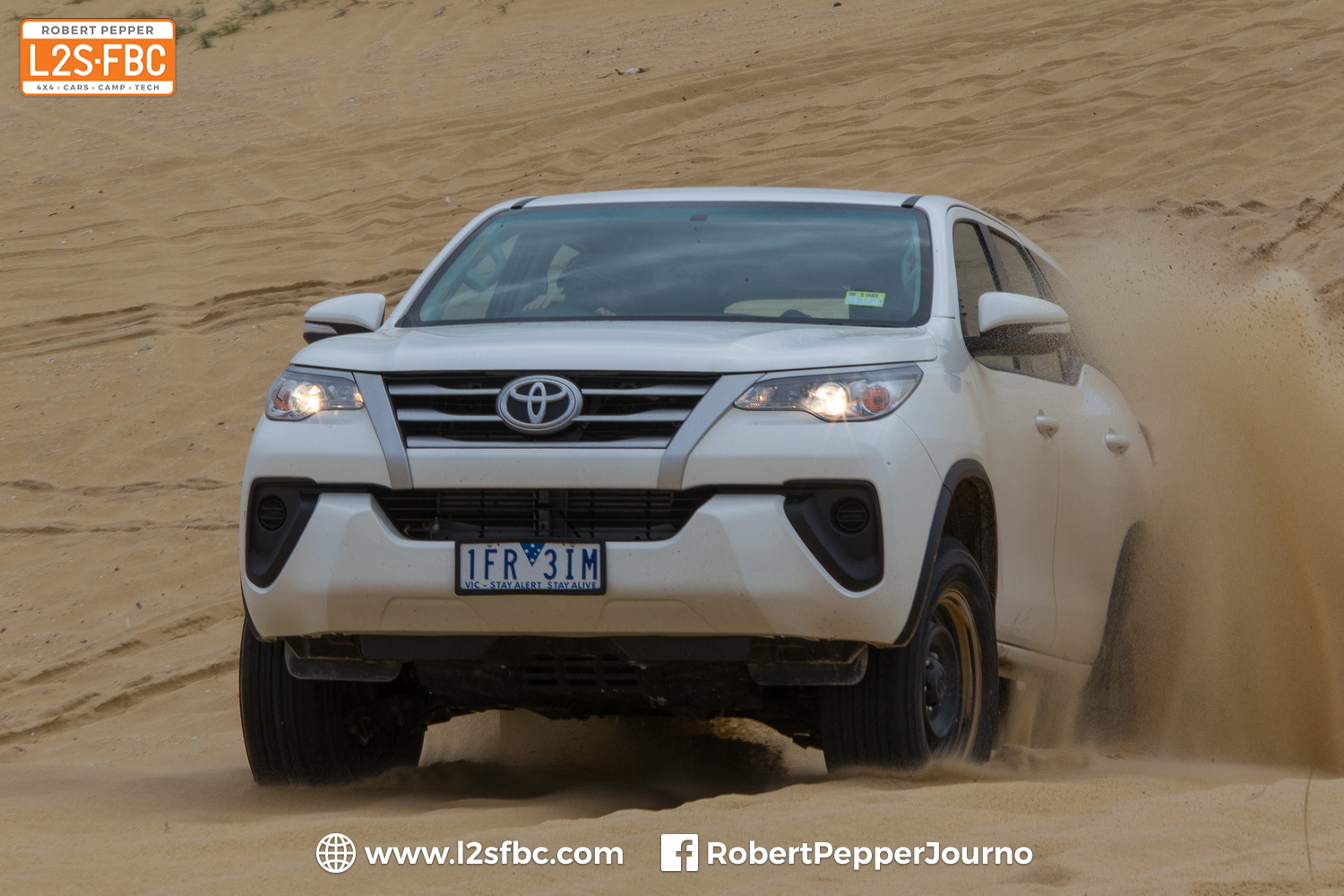
EVs can help with grid overloads
There is an understandable fear that EVs will demand a lot of electrical power to charge during peak times such as hot evenings. And there are certainly power supply challenges, not least during holiday periods at popular holiday spots.
But in the case of surge demand of an evening EVs can help. The average EV has enough power to run a house’s electrical needs for two days, maybe more. So, if there’s a high-demand period, EVs can actually reduce the power demand of a house to nothing, and possibly even contribute to the grid. That’s called V2G, or Vehicle to Grid, or V2H, vehicle to house. There’s also V2L, or vehicle to load where the car becomes in effect a portable generator.
When peak demand passes, for example after midnight when everyone is in bed, the EV can then recharge using surplus power.
Finally, if we all bought passenger car EVs tomorrow, then the amount of extra electricity Australia would need to generate would be tiny. Watch my video where I’ve crunched the numbers.
This is not to say there are no power supply problems with EVs. Aside from peak demand at holiday locations there are other challenges such as apartment dwellers and facilities for those who tow, as well as a lack of chargers in rural areas. But V2G/H/L which more and more EVs support will help, not hinder in the event of high grid demand or outages. Better than firing up the genny you’ve got in your shed!


